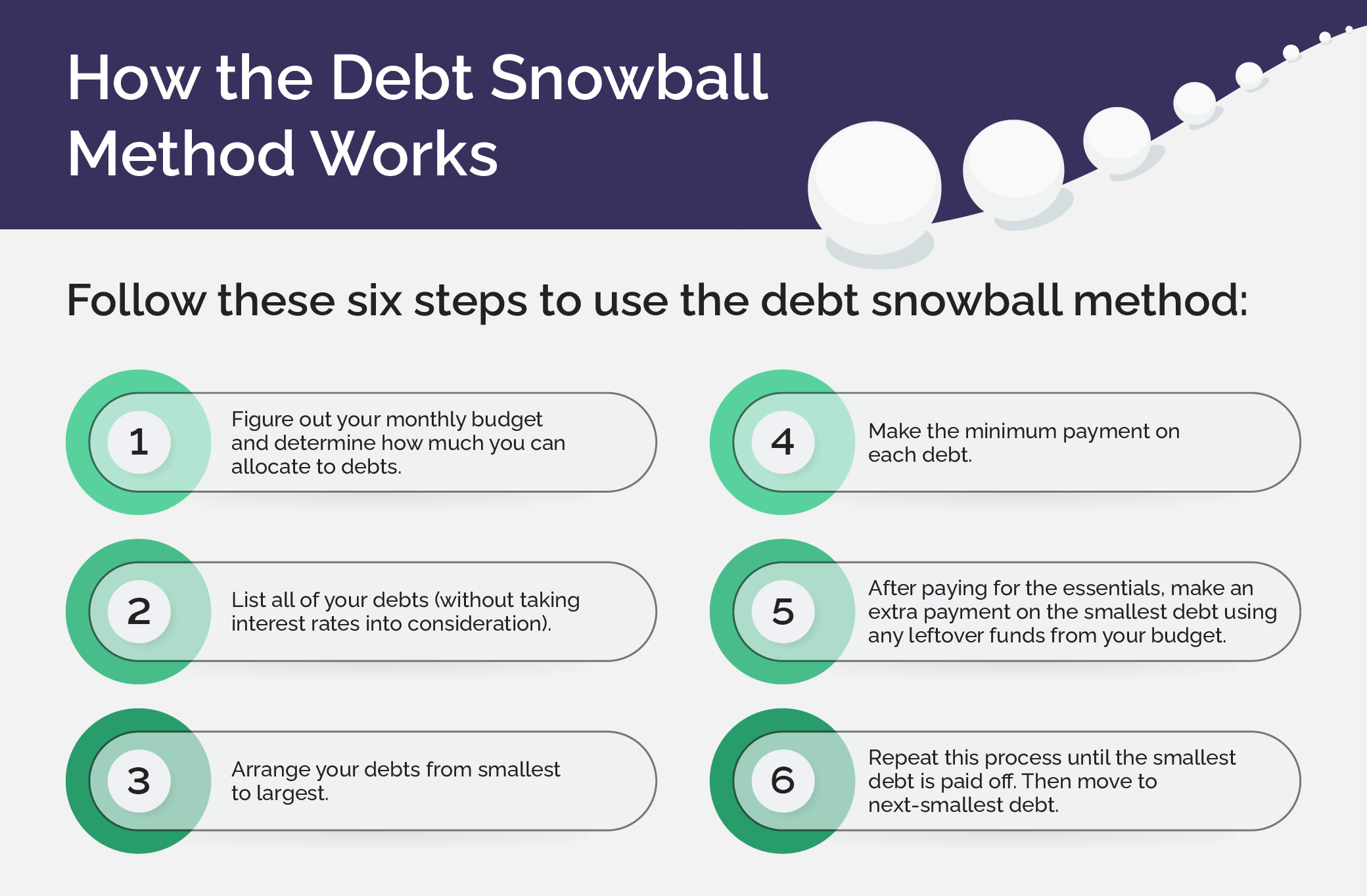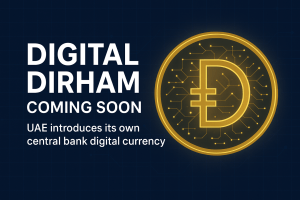People struggling with debts may not know the best way to go about paying off those debts. Some people can deal with debt clearance by themselves, by drawing up a very strict household budget that they adhere to religiously. Every penny that is surplus at the end of the month will go towards clearing any debt.
It sounds simple, but it will work – gradually and over time. However, there is often a lot of stress and anxiety caught up with being in debt.
This is where debt management companies can be really useful. Depending on your level of debt, the debt management companies may suggest different options, but for most people they will start off with a debt management plan. These are often also referred to as a DMP.
Debt Management Plan
With a DMP it’s possible to coordinate your debts. Put simply, you decide on an amount that you are able to afford to pay once a month to the debt management company, and this is then redistributed amongst your creditors to pay off your existing debts.

The debt management companies will work with you to decide on what is an affordable amount to take from your monthly household income.
Creditors will often be more willing to negotiate or freeze interest charges via a debt management company as they have an on-going relationship with them, rather than when dealing with an individual directly.
A debt management plan isn’t always the answer, but if you have any surplus income at the end of each month, it can be a good solution for debt clearance. Just make sure that you allow yourself a buffer of cash for emergencies and unforeseen costs – such as car repairs or household emergencies – in your monthly budget. Otherwise there is a danger that all your spare cash will already be earmarked for the DMP payment.
Every individual has their own particular financial circumstances, so make sure you get independent financial advice before signing a debt management plan.
Most of the Americans face debt problems because they have the habit of handling multiple credit cards at a time. Getting out of debt is not a very easy process and so you should restrict the usage of credit cards as much as you can. But if you have already got entangled into unnecessary credit card debts, then you need to look for a suitable debt relief option so that you can come out of your debt problems and, in turn, become debt free soon.
Two suitable debt relief options to erase your debt problems
When faced with mounting debt, two suitable debt relief options to consider are debt settlement and credit counselling.
- Debt Consolidation: When you keep multiple credit cards in your wallet and you use them all at a time, you get entrapped into credit card debt problems. The main reason for this is that you do not pay off the credit card balance on time. In this situation, you may take the help of most suitable debt relief option known as debt consolidation to wipe away your debt problems.
- Debt Settlement: If your financial condition is not well enough to manage your outstanding debts, you may choose to opt for debt settlement. With the help of this debt relief program, you partially repay the outstanding amount to the creditors. This partial amount can be 40-60% of the money that you owe and the rest of the amount is forgiven since you cannot afford to repay the entire amount.
Debt puts you in a very traumatic situation and, as such, it is quiet natural that you will look for the most convenient way that will help you free yourself from its clutches. Thus, by choosing any of these debt relief solutions, you will be able to erase your debt problems and thus live a secured life.
Debt Reduction: Snowball Method vs Highest Interest First
There are a handful of battle-tested methods that have stood the test of time to get people out of debt. The most popular are
- paying the highest interest debt first.
- snowball method
Pay the Highest Interest Rate First
This method is pretty straightforward and most mathematicians will say this is the best route because it gets you out of debt with the least amount of interest paid. You start by writing all your debts down on a piece of paper and put the interest rate associated with each one on the side of the list. Next, you reorganize the list with the highest rate and the top, second highest at number two, and so on.
Every month you pay the minimum payment on each debt from the list and pile all extra money that can be found in the budget onto the item that is number one on the list. Regardless of the total amount due, you pay the highest interest first and go until it is paid off. Then you cross that item off the list and go to number two. Repeat.
The beauty of this method is if done correctly will get the debt finished with the least amount of interest. The downside is human behavior often gets in the way, and if the first debt on the list happens to be something that will take months or years to pay off, people can get discouraged and quit.
Snowball Method

This process is very similar to the one discussed above, but with one major difference: you order the list according to total debt amount, not interest rate. In fact, you ignore the interest rate all together.
Start by creating a list of debts with the correlating outstanding balance next to each entry. Then reorder the list with the lowest debt total at the top, second lowest at number two, and so on.
The instructions from here are just like when paying the highest interest first, you just pay the lowest debt total as number one. The thought process behind this method is that by getting some of the quicker, smaller wins (sometimes only a few hundred bucks that has been looming for a long time) people are more likely to get motivated and keep going. By the time and individual hits the last few on the list, they may take months or years to pay off but they will have readjusted their lifestyles and built a lot of momentum to help tackle those mountains.
Conclusion
Navigating the path to debt relief requires careful consideration and the available options. Whether you choose debt settlement, credit counseling, or another method, the key is to take proactive steps towards managing and reducing your debt. By understanding the pros and cons of each option and seeking expert advice, you can make informed decisions that lead to financial freedom. Remember, the journey to debt relief is not just about erasing what you owe, but also about building healthier financial habits for a more secure future.








